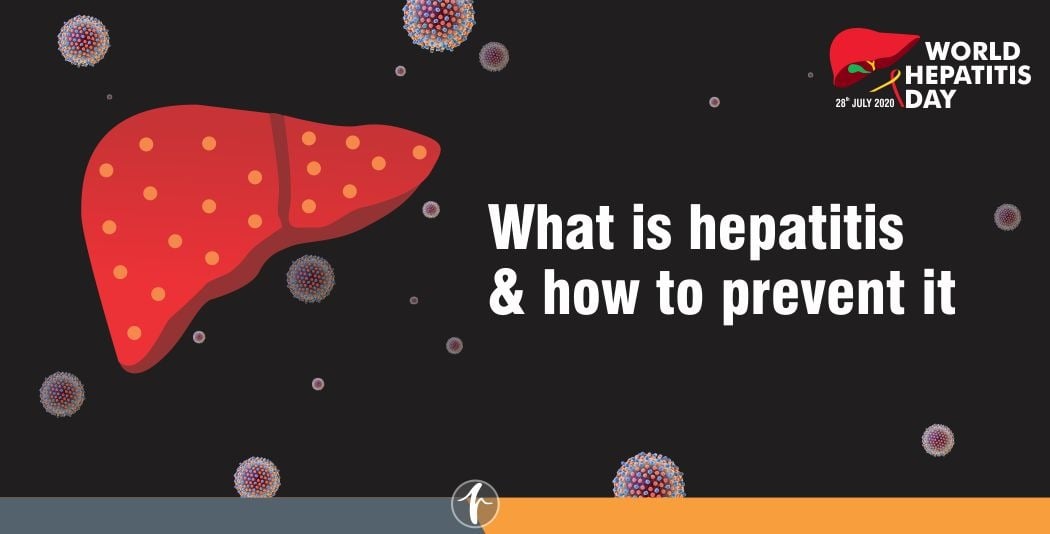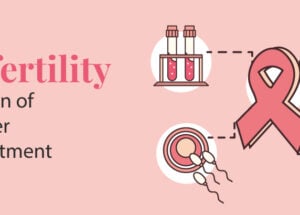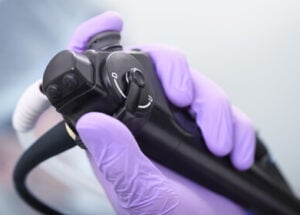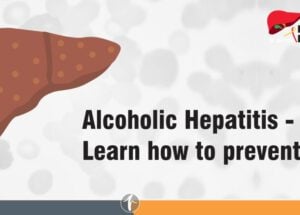Carotid Artery Stenting – Procedure, Risks, and Recovery
March 17, 2025

Carotid arteries are the two large blood vessels positioned on the sides of your neck that supply oxygenated blood to your brain, neck, and face. The usual topic that arises under the discussion of Carotid arteries is Carotid artery disease, which causes almost 10-20% of strokes. Carotid stenting is a minimally invasive, non-surgical procedure wherein the clogged carotid arteries are opened by dilating them with a balloon (angioplasty) and inserting a metal scaffold to keep them open (stenting).
Is Carotid Artery A Serious Condition?
Similar to the blood vessels of the heart (coronary arteries) which get clogged by fat and cholesterol deposits (atherosclerosis), carotid arteries can also get blocked which could lead to a stroke or brain attack, which is regularly known as carotid disease. While one cannot experience any external symptoms of carotid disease, doctors can identify this condition by checking for a whooshing sound in the neck with stethoscope. The first sign of the disease will be a TIA (a transient ischemic attack).
As a result of this disease, initially, the vessels start to narrow, reducing the blood flow that eventually builds up plaque, causing blood clot blockage that ultimately leads to fatal strokes. One of the ways through which doctors treat carotid artery disease is through Carotid Stenting.
When Should I Opt For A Carotid Stenting Procedure?
Carotid stenting and angioplasty may be appropriate stroke treatment or stroke prevention options if:
- You have a carotid artery with a 70 percent blockage or more, especially if you’ve had a stroke or stroke symptoms.
- You had a narrowing of the carotid artery following radiation for neck tumors.
- You’ve already had a carotid endarterectomy and are experiencing new narrowing after surgery (restenosis).
How Exactly Does The Procedure Happen?
During this procedure, a specially designed guidewire with a filter is placed beyond the site of the narrowing or blockage in the carotid artery. Once the filter is in place, a small balloon catheter is guided to the area of the blockage. When the balloon is inflated, the fatty plaque or blockage is compressed against the artery walls, and the diameter of the blood vessel is widened to increase blood flow. Then, the balloon is removed, and a tiny tube called a stent is placed inside the artery to widen the opening to support the artery wall.
After the stent is placed, an angiogram is performed to confirm that the stent has completely expanded and that the narrowing or blockage has been corrected. Often, a second balloon catheter is inflated to ensure the stent is maximally opened. The stent stays in place permanently and acts as a scaffold to support the artery and keep it open. After several weeks, the artery heals around the stent.
Usually, carotid stents are used along with a device called the embolic protection device (EPD). The EPD looks like an umbrella or windsock and contains a basket to catch plaque particles dislodged during the stenting procedure. By catching these particles, it prevents them from traveling in the blood to the brain and reduces the risk of a blood clot or stroke.
What Should I Expect After Completion Of The Procedure?
After the access sheath is removed, you will be required to lie flat without bending your legs to prevent bleeding. Then, you may receive medication to reduce discomfort. Your doctor will determine how long you will have to lie flat, which could be from two to six hours.
Plan on staying overnight in the hospital after the procedure. You will be evaluated by your doctor. Then they will conduct a neurological exam and other tests, such as a carotid ultrasound, to evaluate the results and will discuss the results of the procedure with you and your family.
Before you go home, you will be given instructions about your medications, a balanced diet, activity, and follow-ups. Your doctor will prescribe aspirin and clopilet to take for six months after the procedure. These medications will help prevent blood clots from forming at the site where the stent was placed. Follow your doctor’s instructions about medication timings. Do not stop taking these medications without consulting your doctor.
After the procedure, you will need to take it easy for a few days. You can climb stairs, but use a slower pace. Do not strain during bowel movements. By the end of the week, gradually increase your activities until you reach your normal activity level.
What Are The Risks I Should Be Aware Of Before Undergoing Carotid Stenting?
Like any surgical procedure, carotid angioplasty and stenting carry potential risks. Some of the complications include:
- Blood Clots: Stents can develop blood clots weeks or months after placement, increasing the risk of stroke. To minimize this risk, it is essential to take prescribed medications such as aspirin and clopidogrel as directed.
- Bleeding: The insertion site in the leg may experience bleeding, typically resulting in minor bruising. However, in rare cases, severe bleeding may occur, requiring a blood transfusion or additional medical intervention.
- Artery Narrowing (Restenosis): One of the main concerns after angioplasty is the possibility of the carotid artery narrowing again within months. To reduce this risk, drug-coated stents and post-procedure medications are used.
- Stroke or Transient Ischemic Attack (TIA): There is a risk of stroke during the procedure due to blood clots forming on catheters or dislodged plaque traveling to the brain. To lower this risk, blood thinners are administered during the procedure.
While complications are possible, proper precautions and medications help reduce these risks.
Can the Carotid Stenting Procedure Completely Cure Carotid Disease?
For most people, the carotid angioplasty and stenting procedure increases blood flow to the brain and decreases the risk of a stroke. Although the carotid stenting procedure opens up a blocked carotid artery, it does not cure carotid artery disease. You will still need to focus on reducing your risk factors by making certain lifestyle changes to prevent future disease development or progression.
So, to achieve the best results, you must be committed to living a healthy lifestyle that includes quitting smoking, taking medications as prescribed, taking and recording your blood pressure, following a heart-healthy diet, managing high blood pressure, cholesterol and diabetes and continuous follow-ups as recommended by your doctor.
Frequently Asked Questions
1. What Is the Life Expectancy After Carotid Stent Placement?
Life expectancy after carotid artery stenting is generally good, with high survival rates and a low risk of stroke on the treated side. Studies show a 5-year survival rate of around 90%, and on average, patients can expect an additional 14 years (men) to 16 years (women) if the condition is well-managed. Regular follow-ups help monitor for complications like restenosis, which occurs in only 2-3% of cases, usually within the first 6-9 months.
2. How long does carotid artery stent surgery take?
A carotid artery stenting procedure typically takes about 1 to 2 hours. However, the entire process, including preparation and recovery, can take several hours. Most patients stay in the hospital for a full day, with some requiring an overnight stay for monitoring.
3. What is the recovery time for carotid artery stenting?
Recovery time after carotid artery stenting is typically 3 to 4 weeks. Most individuals can get back to their routine within this time frame, but it’s important to rest initially and refrain from strenuous activities for at least a week. Soreness may last a few weeks, and driving is usually safe after 1-2 weeks. Follow-up care and prescribed medications are essential for a smooth recovery.






